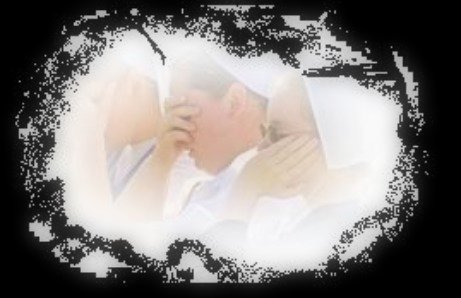|
||||
Amish Traditions Timing - An Amish funeral and burial is generally held three days after death.
Location - The Old Order Amish do not have churches, so funerals are held in two locations. The smaller service in the home of the deceased. The body is taken to a separate place, usually a barn for the larger service.
Language - The funerals are conducted entirely in Pennsylvania Dutch a form of German. Speakers - The Amish feel that the focus of the funeral is on God, not on remembering the dead. Their custom is not to eulogize (speeches specifically given in praise of the deceased).
Music - Ministers will read hymns, but it won't be sung. There is no singing at the Amish funeral.
Flowers- Flowers are usually not present. Sometimes kerosene lanterns are used in its place.
|
American Traditions: Focus- It is more on the Decesaed rather than God. Timing- A funeral is held according to the family's choosing which may be a few days after the time of death, allowing family members to attend the service.
Location- A funeral may take place at either a funeral home or church.
Language- Mostly conducted in English Speakers- a relative or close friend will be asked to give a eulogy, which details happy memories and accomplishment. Sometimes the delivering of the eulogy is done by the clergy. Clergy are often asked to deliver eulogies for people they have never met.
Music- Include prayers; readings from the Bible or other sacred texts; hymns sung either by the attendees or a hired vocalist. Church bells may also be tolled both before and after the service. Flowers- During the funeral and at the burial service, the casket may be covered with a large arrangement of flowers, called a casket spray. If the decedent served in a branch of the Armed forces, the casket may be covered with a national flag.
|
|||
